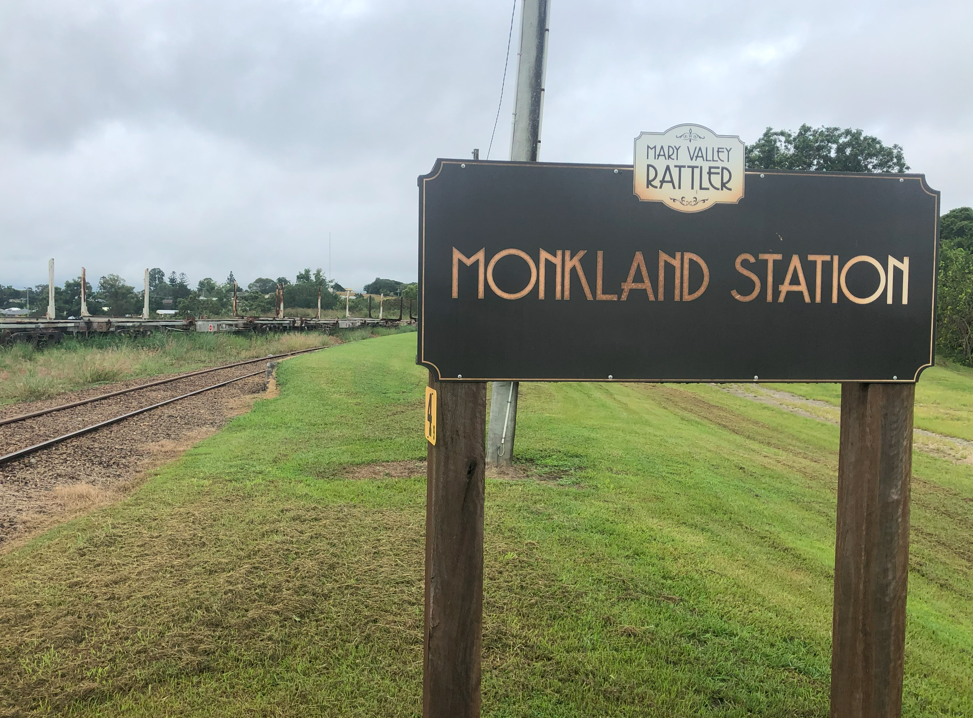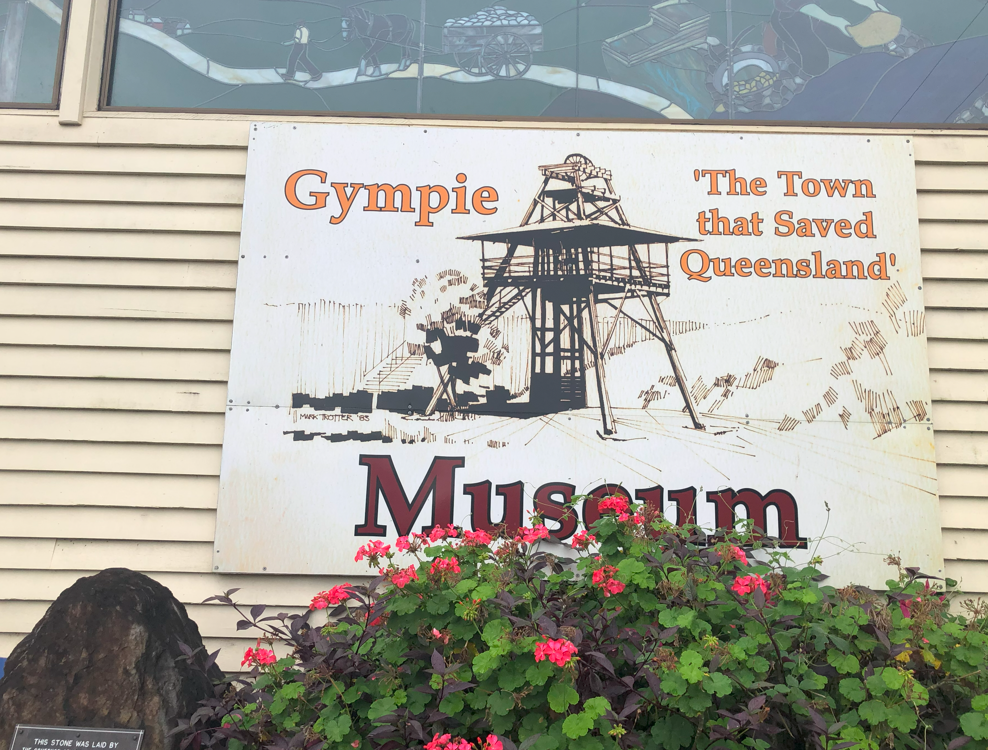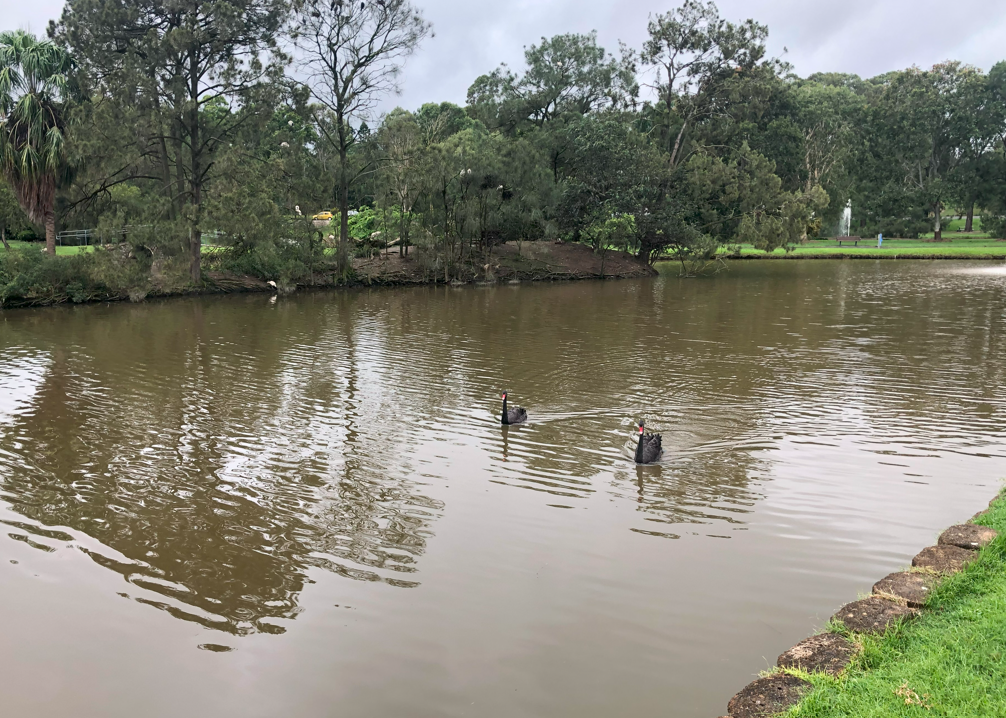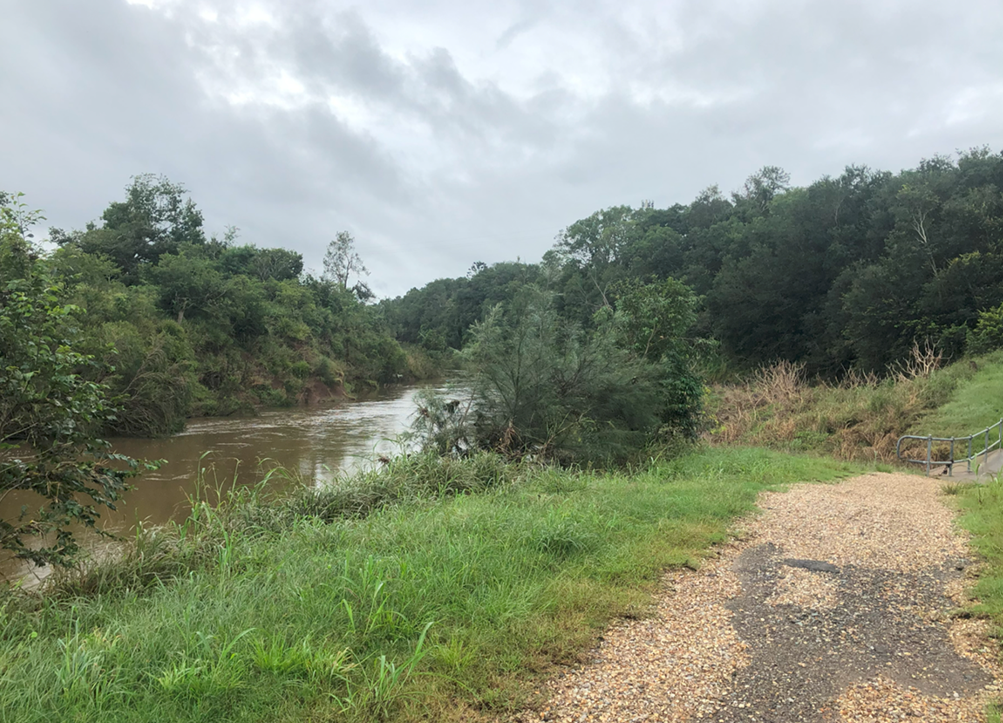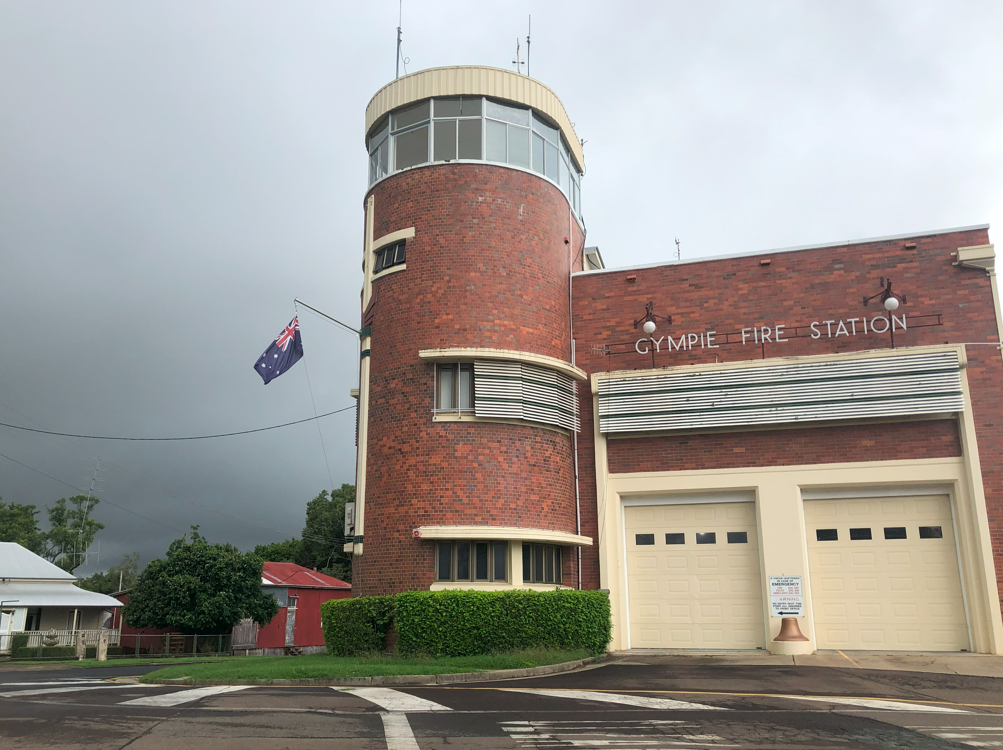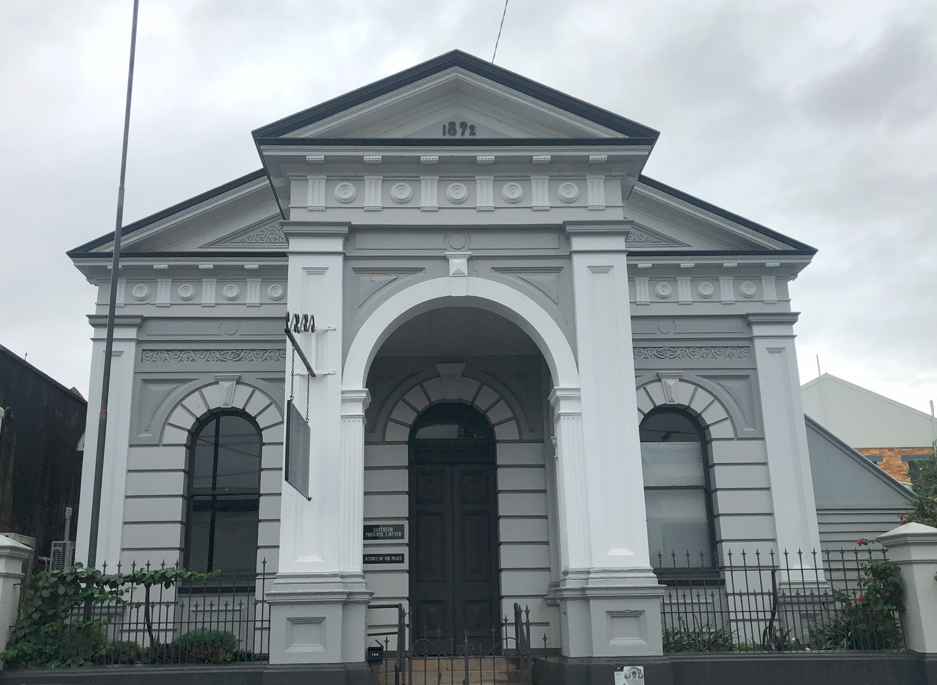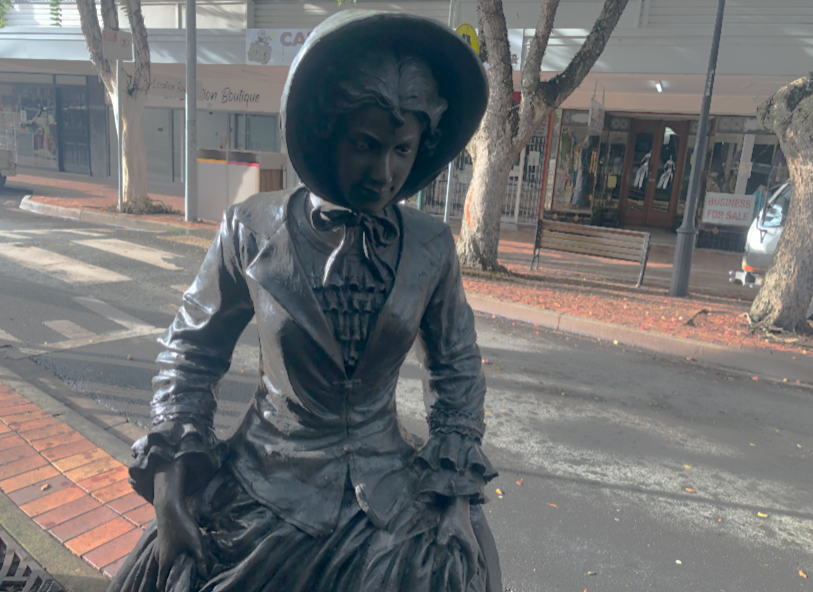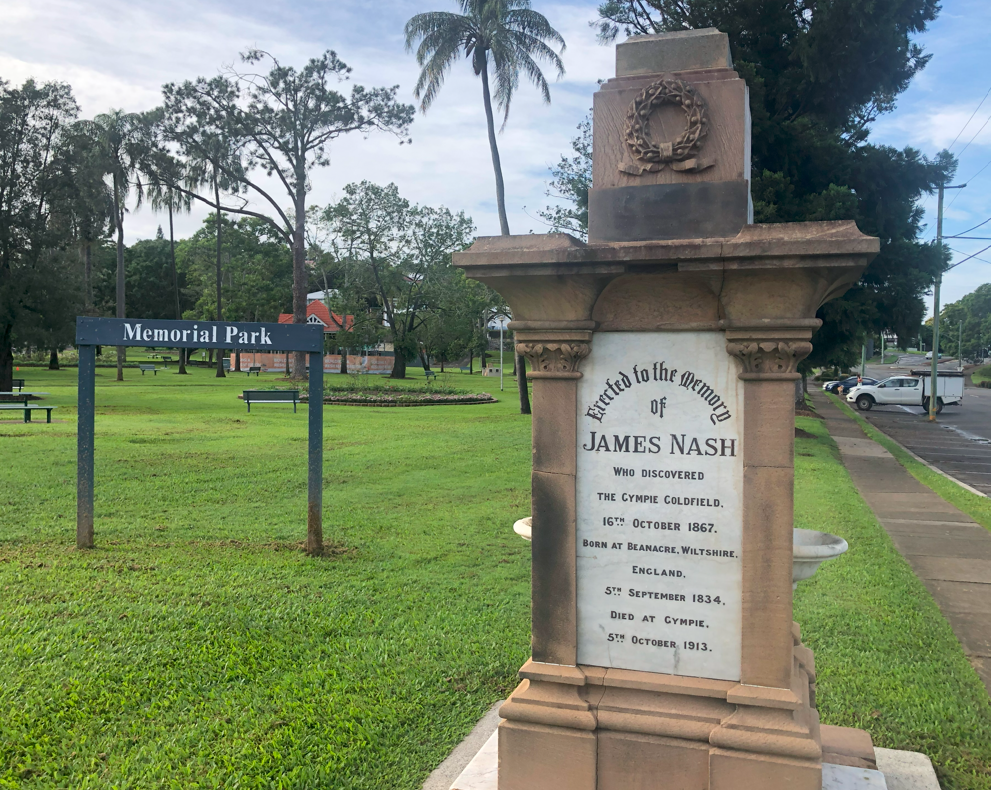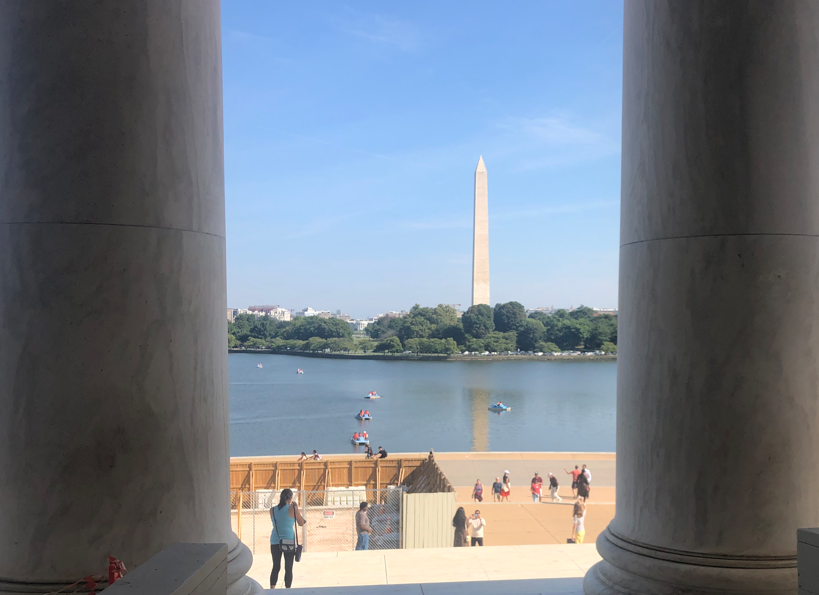
In the last half century Charles Trevelyan has become the archvillain of the Irish Famine. The Assistant Secretary of the Treasury has been condemned as the man most responsible for British policy between 1845 and 1850 when, under two different governments, one million Irish people died and another million left the country. Academic papers, books, songs and newspapers have held Trevelyan responsible for the British government’s meanness, bigotry and incompetence in Ireland, some seeing it as deliberate depopulation to restructure Irish society in the name of political economy and Protestant evangelism. Robin Haines’s meticulously researched Charles Trevelyan and the Irish Famine (2004) is an important corrective to the accepted history.
Charles Edward Trevelyan came from a wealthy Somerset family of Cornish extraction. Born in 1807, Trevelyan had an Irish grandmother and travelled to Ireland in 1843 to research distant relatives. He was educated in the East India Company training college at Haileybury, Hertfordshire and graduated top of his class. In 1826 he went to India to learn Hindi and Persian at Fort William College, Calcutta and was assigned to the revenue department in Delhi. He was regarded as a young man of outstanding ability and strong civil sense. He gained a reputation for settling local disputes and put his career in jeopardy when he accused a superior of corruption (the case was proven). Trevelyan made an important ally in Baron Thomas Babington Macaulay when he married his sister Hannah Macaulay. Aged 33 in 1840, Trevelyan came home to take the senior role at the Treasury, Assistant Secretary. He served in the role for almost two decades before being appointed governor of Madras. During the Famine years Britain distributed £10,000,000 in government grants and loans to Ireland (0.3pc of GNP) while administering £1,000,000 in private subscriptions. This money was raised under the direction of Dublin Castle, but administrative and fiscal responsibility lay with Trevelyan as the chief treasury official.
In religion Trevelyan was evangelical, which modern historians have often used as pejorative shorthand for “hard-heartedness, cultural insensitivity, humourlessness, and self-righteousness”. Trevelyan believed in the superiority of his Christianity but Haines said he was tolerant of Catholicism and little different from the “relaxed broad-church episcopalianism” of his class. Nor was Trevelyan as powerful as modern texts make him out to be. It was not until later in the 19th century that senior civil servants became policy advisors, acting on reforms proposed by Trevelyan himself. Trevelyan did have considerable discretion, especially as a new inexperienced Whig administration took power in 1846, but he consulted daily with the Chancellor of the Exchequer and had regular meetings with Treasury Lords and other ministers.
Trevelyan was economically orthodox, like the Robert Peel and John Russell governments he served. The Tories and Whigs practised laissez-faire principles of “small government” yet both had interventionist policies in Ireland. One of Trevelyan’s tasks in 1846 was to prove to the British tax-paying public that Irish distress was real and public works served an important purpose. Had the blight struck in the more optimistic 1850s, said Haines, Britain would have been more generous. In the 1840s coffers were low after decades of low taxes and heavy Napoleonic-era debt repayment. Britain was economically depressed leading to a financial crisis in October 1847. Any government spending, especially if it interfered with free markets, stimulated political anxiety, influenced by a press that was critical of Ireland and believed its distress was exaggerated.
In 1846 Trevelyan was vexed at the Times‘ refusal to take the crisis seriously. His attitude was that official measures should not disturb ordinary trade but people should not be allowed to starve. People did starve but disease in overcrowded workhouses killed just as many. Irish officials criticised Trevelyan but Whitehall was caught in bureacratic crossfire between Dublin Castle and Westminster. Many Irish barbs at him were really aimed at Russell and his Treasurer Charles Wood. Dublin Castle even pettily refused to find office space for Trevelyan’s key Irish official Sir Randolph Routh. Trevelyan was never “dictator of relief” and his bosses overruled him if he was too “generous”. Russell was infuriated that 1847 profits from non-potato crops worth £40 million lined landlords’ pockets rather than feed the poor. He thought unlimited government funding would worsen the problem. Even after the second potato failure in 1846, Wood believed that the crisis was exaggerated, despite daily briefings from Trevelyan.
In early 1847 reports of mass death poured in from the west of Ireland. No one knew the exact number as many bodies were interred at night with no burial service. Nearly three quarters of a million people were surviving on public works. Yet Britain was suffering compassion fatigue, and private charity efforts failed to raise much money. The 1847 potato crop had minimal blight but the crop was scanty due to a lack of seed potatoes. Russell knew that Ireland’s distress would continue but instructed Trevelyan to end support of public works. If some regions were fed entirely at government expense, discontent and sedition would result elsewhere, the prime minister reasoned. Landlords would have to sacrifice rents to feed their tenants.
Resistance grew in Ireland against paying the increased poor rate and many Poor Law Unions became bankrupt. The Relief Commission was disbanded, and 22 distressed unions relied on the generosity of the British Association. Following government policy Trevelyan refused to re-open public works. Fever and dysentery struck Dublin and Trevelyan urged staff to move to the suburbs. The situation worsened as English banks folded while disaffected labourers in Clare and Tipperary rioted against the lack of public works. A Clare priest quoted in a letter to Trevelyan said, “Ireland is like a farm that is never manured, all goes out nothing comes in, the end must be exhaustion.”
In January 1848 Whig journal Edinburgh Review published an anonymous piece, The Irish Crisis. Trevelyan wrote it, as colleagues who vetted it, including Russell and Wood, were aware. Trevelyan’s “crisis” was not just the potato failure but the accompanying shortfall of exchequer funding. He saw no irony in believing the crisis ended when the Board of Works and Relief Commissions disbanded, leaving local government in charge. As Haines said, its publication was precipitous and premature, especially as the potato failed again in 1848. But its immediate impact was positive. Renowned Irish priest Father Theobald Mathew complimented it, while British observers thought it was a comprehensive answer to overseas critics.
The final paragraph contains a sentence often used to pillory Trevelyan: “The deep and inveterate root of social evil remained, and this has been laid bare by a direct stroke of an all-wise and all-merciful Providence”. Trevelyan’s “direct stroke” has been interpreted as referring to the Famine, whereas he was referring to the God-given chance for the gentry to save the poor from starving. Haines said Trevelyan meant that having endured the blight, the government had to implement permanent measures to stimulate economic and social advancement.
As 1848 progressed, Trevelyan worried about the threat of insurrection in Britain and Ireland. Chartism was on the march and he advised the government to suspend habeas corpus and arrest its leaders for sedition. He was delighted with a “great & bloody victory” when 40,000 armed police stared down the mainland threat in April, but Ireland remained a concern. A failed rebellion in July was followed by another disastrous potato harvest a month later. Trevelyan argued against government purchase of grain as private trade was bringing in enough.
In the west, people continued to die in large numbers. Trevelyan analysed the figures in mid 1848 and reported that Ireland’s population was down by a million and “emigration was still in active progress.” Yet Trevelyan and the government he served believed they had done a good job, removing unsustainable small holdings. Famine could have been even worse without the government public works program which employed 700,000 people at its peak. Trevelyan told Father Mathew that “although there is still much that is painful & gloomy in the state of Ireland, I am satisfied that a social regeneration is taking place.” The deaths continued into 1849-50 as did support for distressed Poor Law Unions.
History has not judged the Russell government well for allowing starvation and death to devastate an island that was part of the world’s richest economy. Russell’s biographer blames his hatred of Irish landlords and his “Malthusian fear” of long-term relief. Haines said the Whigs were influenced by an empty Treasury. Peel has been better judged by history but a Tory government would have done little better, and were perhaps lucky to lose power when they did.
Trevelyan has been judged more harshly than either prime minister. Haines thinks the onomatopoeic resonance between “Trevelyan” and “Treasury” contributed to the problem. Early Irish historians understood the constraints Trevelyan worked under, but his reputation fell drastically after the publication of two texts in the 1960s.
The first was Jennifer Hart’s 1960 academic article Sir Charles Trevelyan at the Treasury. Haines says Hart relied on a small selection of Trevelyan’s letters to make generalisations which thorough examination of his correspondence does not support. Two years after Hart’s text came Cecil Woodham Smith’s bestseller The Great Hunger. Woodham Smith relied greatly on Hart’s work and her sample letters were guided by Hart.
Hart argued that Trevelyan believed the Irish Famine “was the judgement of God on an indolent and unselfreliant people (and) God had sent the calamity to teach the Irish a lesson”. This has often been quoted as damning proof of Trevelyan’s uncaring attitude to Ireland. However Haines said it is a misreading of two letters, one to landlord Lord Monteagle, the other to Father Mathew. Haines said Trevelyan’s hostility in letters at this time was not against the Irish poor but against the landlords who were trying to get government expenditure diverted to improve their own estates. Trevelyan’s more common, though less well quoted, directive was to ensure that “the People cannot under any circumstances be allowed to starve.”
Haines accepts that the writing of history is always revisionist and quoting O’Gráda, says shattering dangerous myths is the historian’s social responsibility. John Mitchel’s The Last Conquest of Ireland Perhaps (1861) first brought the view that while the potato caused the blight, the English caused the Famine. A revisionist school led by Robert Dudley Edwards, Roy Foster and Mary Daly reacted against Mitchel’s thesis and their semi-benign view of English involvement became orthodoxy by the 1960s. Influenced by Hart, Cecil Woodham Smith began the post-revisionist school, blaming the British government, and especially Trevelyan for wanting to clear Ireland of its surplus peasantry. Her book drew many admirers with some comparing the Famine to Nazi genocide. British historian A.J.P. Taylor concluded “all Ireland was a Belsen”.
Hart’s paraphrasing has been repeated many times, spreading “proof” that Trevelyan hated the Irish Catholic poor. Yet he was a great friend of Father Mathew and he despised sectarianism, chastening officials who demonstrated anti-Irish or ultra-Protestant tendencies. Haines said that while Hart was not responsible for the way her work was interpreted, it has sustained the caricature of Trevelyan that still largely prevails.
One of the worst examples was Robert Kee’s influential television series Ireland: a history (1980) which presented a grim and ancient Trevelyan (who was only 38 at the time) as a monstrous detail-obsessed dictator of relief. Kee admitted in the accompanying book that he took liberties but for TV purposes “there were more important considerations than being wholly fair to Trevelyan”. Simon Schama repeated the charges against Trevelyan in A history of Britain (2002), not even mentioning the role of politicians in the Famine. Trevelyan’s reputation shattered further with the popularisation of the ballad The Fields of Athenry. Now sung at many sporting events in Ireland and elsewhere, it tells the story of a young woman lamenting the departure of her convict lover to Botany Bay. Its first verse goes:
By a lonely prison wall
I heard a young girl calling
Michael, they have taken you away
For you stole Trevelyan’s corn
So the young might see the morn
Now a prison ship lies waiting in the bay
Often believed to be a traditional Famine era song, Athenry was written in 1979 by Pete St John and was recorded by Paddy Reilly in 1982. The phrase “Trevelyan’s corn” does not appear in folkloric sources, unlike “Peel’s Brimstone”. Few folk balladeers would have even heard of Trevelyan. Famine interviews collected by the Irish Folklore Commission in the 1930s put the blame on rapacious landlords, not London leaders like Peel, Russell or Trevelyan, whom Cormac O’ Gráda says “were remote and unfamiliar to the underclasses”.
Trevelyan was a contradiction; imperious and self-possessed, but also high-minded, generous and tolerant. He was wedded to 18th century Enlightenment values including the inviolability of private property and free trade but was hardened by the Famine. By 1848 he no longer insisted that “none be allowed to starve”. He believed the only way forward was to institute social welfare and economic advancement to stop it from happening again. Trevelyan was not the tyrant who brought death and suffering to Ireland on an unimaginable scale. Haines said the blight caused the Famine, not the English. It infected not just the tubers but “the fissured subsoil of a vulnerable economy poised to collapse under the weight of an unprecedented natural disaster”. Britain’s responsibility for that economy being so vulnerable is a moot point, but the subject of a different book.








